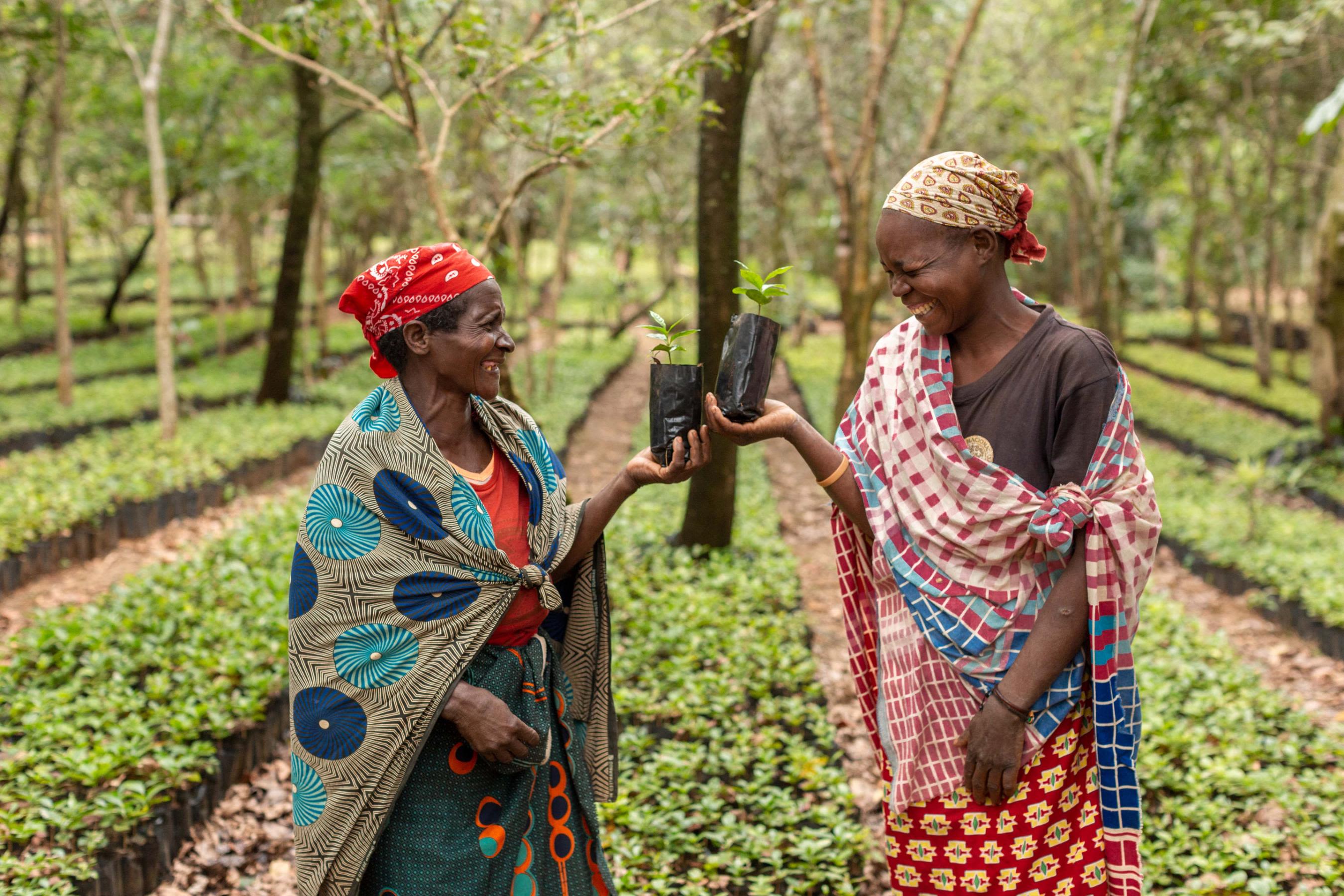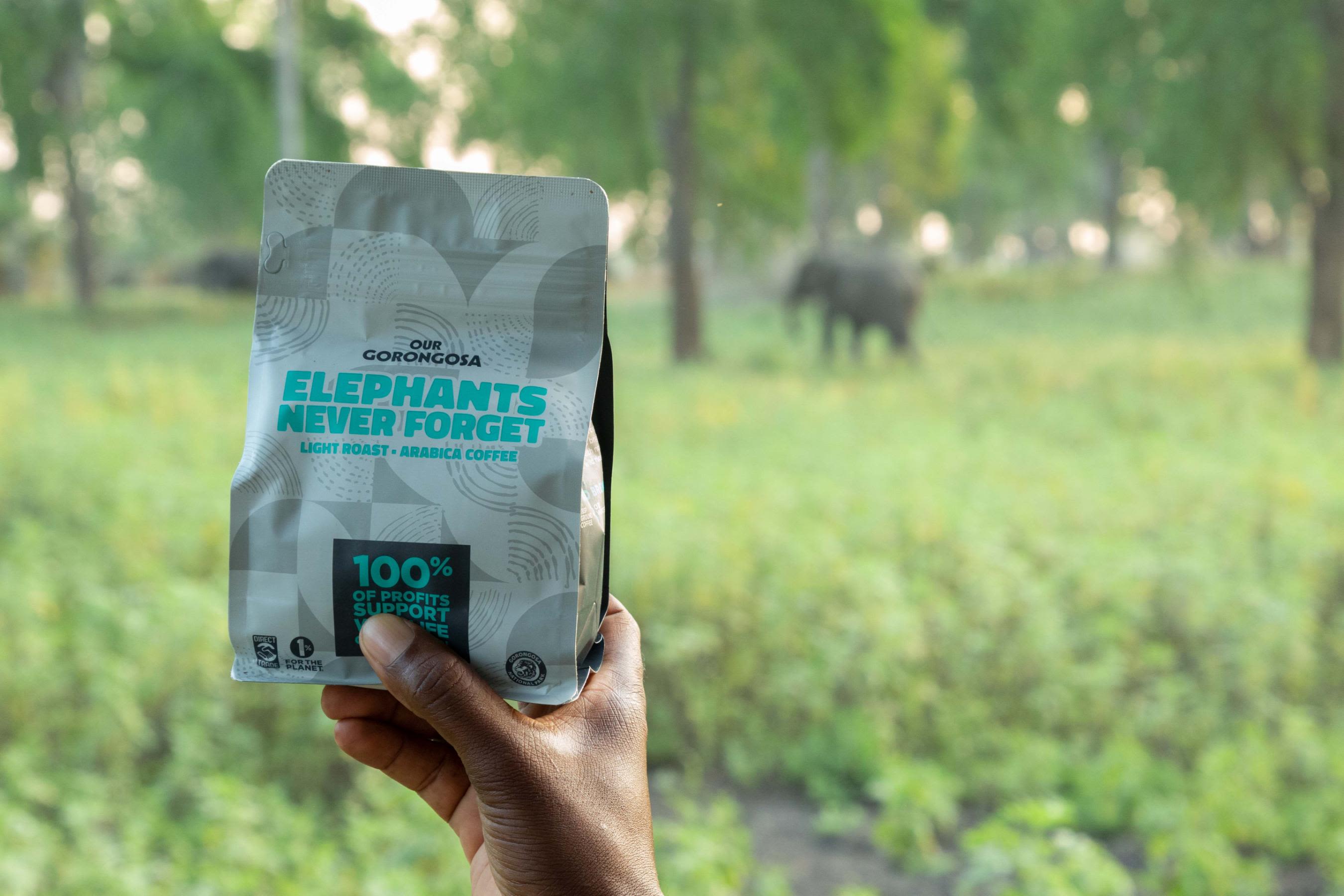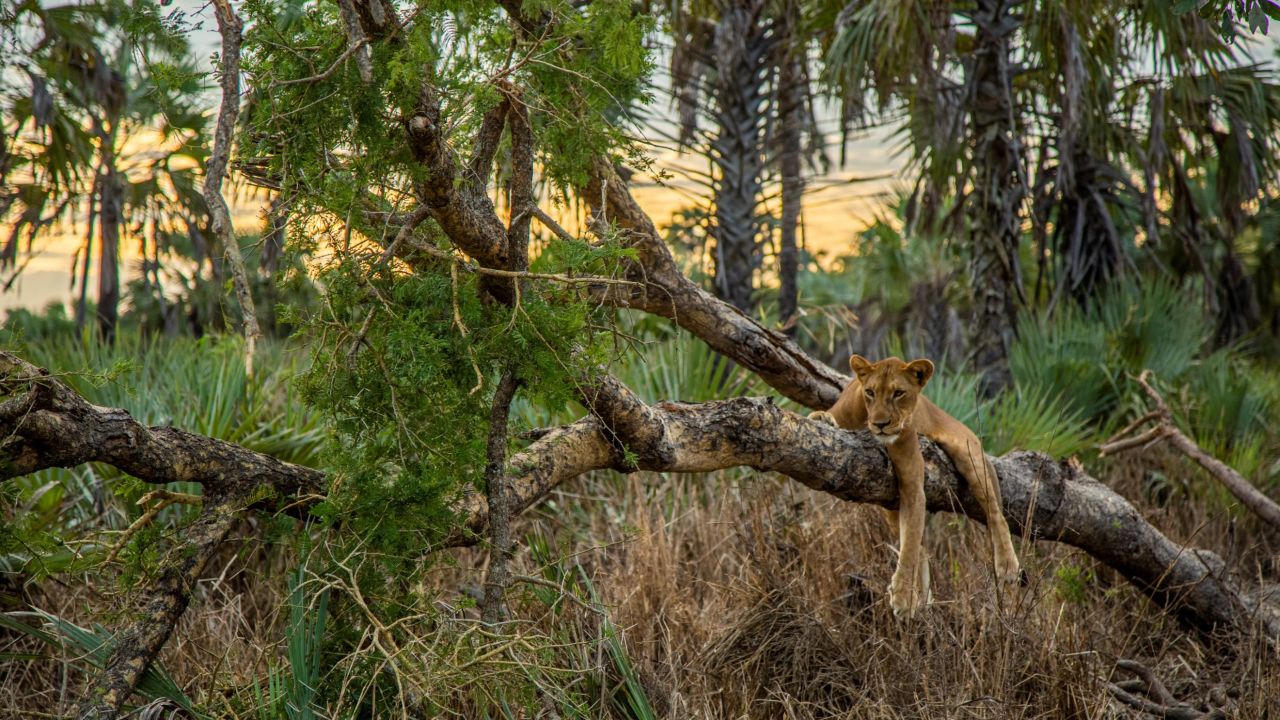Mozambique’s Coffee Revival and the Rebirth of Gorongosa National Park

Mozambique’s Coffee Revival and the Rebirth of Gorongosa National Park
In the heart of Africa, a quiet revolution is taking place, one that weaves a tale of environmental restoration, economic upliftment, and the aromatic promise of coffee. Mozambique, a nation less renowned for its coffee than its East African counterparts, is rising to prominence as an emerging coffee producer. The engine driving this transformation is the Gorongosa Coffee Project, a visionary initiative that not only rejuvenates the national park it calls home but also enriches the lives of the communities residing within its borders.
Mozambique’s endeavor to establish itself as a coffee powerhouse recently received an international nod of approval with its induction into the International Coffee Organization. The commitment involves producing coffee through eco-friendly and ethical practices, underlining a crucial shift towards sustainability and environmental stewardship.
The story of Mozambique’s burgeoning coffee industry and its positive impact on Gorongosa National Park unfolds like the rich layers of a well-brewed cup of coffee, with distinct undertones of conservation, community empowerment, and economic revival.
From Subsistence Farming to Coffee Cultivation: A Transformational Journey
Juliasse Sabao, the supervisor of the Gorongosa Coffee Project, recounts a time when many park residents were subsistence farmers, tilling the land just enough to feed their families, with little surplus for sale. However, the introduction of coffee to the region marked a turning point. The project encouraged local communities to adopt coffee cultivation, teaching them the art of nurturing and harvesting this valuable crop in their fields. Indigenous tree seedlings were also distributed to be planted alongside the coffee plants, providing shade and windbreaks, while contributing to the park’s reforestation efforts.
The impact of this transformation has been profound. Sabao notes that coffee cultivation now generates sufficient income for workers to pay school fees, purchase new uniforms, and fulfill essential family needs. He emphasizes, “Their lifestyle is changing very fast.” From a mere 10 families at the project’s inception, the community engagement initiative has grown to encompass approximately 1,000 families, spanning roles from farmers and roasters to pickers and tasters.
The initial hesitation of communities to embrace coffee cultivation in this new venture quickly waned as success stories emerged. Once the first crop was successfully sold and a profit realized, the word spread like wildfire, igniting enthusiasm throughout the region.

More than Just Profits: The Heart of Sustainable Coffee Production
While the Gorongosa Coffee Project is fundamentally a for-profit venture, Sofia Molina, the head of the Coffee Project, firmly believes that production solely for profit’s sake is not a sustainable model for the future. She asserts that alternative motivations, such as reforestation and community participation, are essential components of their vision.
Molina points out that “coffee is a noble crop,” one that has the potential to bring about transformative changes in the communities it touches. Some of these communities have seen their annual revenues increase threefold since joining the project. The Gorongosa Coffee Project’s remarkable journey has led to its recognition as the largest coffee producer in Mozambique, a source of pride not only for the project but for the entire nation.
The deep-rooted commitment to reforestation is an imperative undertaking, given the significant degradation that Gorongosa National Park has suffered over the years. Natural disasters, human conflicts, and unchecked development have cast a shadow on this pristine environment, affecting its wildlife. The regrowth and protection of the park’s natural habitat are vital to safeguarding its rich biodiversity. Species like the Mount Gorongosa pygmy chameleon, which is endemic to the region, face grave threats due to habitat destruction. The revival of the natural environment, coupled with the economic prospects of coffee cultivation, offers a ray of hope.
Gorongosa: A Park in Need of Rebirth
Gorongosa National Park, a sprawling 1,500-square-mile expanse situated in the heart of Mozambique, is more than just a protected area. It’s a sanctuary for both nature and people. Home to approximately 200,000 residents, this unique park is also the habitat of iconic African wildlife, including elephants and lions. Unfortunately, it has not been immune to the challenges facing many protected regions around the world.
The park has faced severe degradation due to a combination of factors, including natural disasters, human conflicts, and unsustainable development. These pressures have not only impacted the environment but have also endangered the wildlife that calls Gorongosa home.
The urgency of conservation cannot be overstated, and the reforestation efforts driven by the Gorongosa Coffee Project play a crucial role in the park’s rejuvenation. By reintroducing native trees alongside coffee cultivation, the initiative helps restore vital habitats for the park’s diverse flora and fauna. This approach serves as a powerful reminder of the interconnectedness of environmental conservation and sustainable livelihoods.

A Coffee Renaissance: Mozambique’s Rising Coffee Scene
The coffee story in Mozambique is still unfolding, and its recent inclusion in the International Coffee Organization marks a significant step toward global recognition. Mozambique’s geographic and climatic diversity, which includes regions well-suited for coffee cultivation, positions it as a rising star in the coffee world.
The country’s burgeoning coffee industry promises a unique blend of flavors and aromas, and its distinctive beans are poised to join the ranks of the finest coffees from neighboring Ethiopia and Kenya. While Mozambique’s coffee journey is relatively new, it holds great potential for the future.
As Mozambique seeks to establish itself as a coffee powerhouse, it is vital to remain mindful of the delicate balance between economic growth and environmental preservation. Projects like the Gorongosa Coffee Project offer a model of sustainable development, highlighting the possibilities of generating prosperity while nurturing and protecting the natural world.

From Coffee to Conservation: A Source of Pride
The Gorongosa Coffee Project has transcended mere coffee cultivation; it has become a source of pride for Mozambique. By intertwining the noble crop with the essential principles of reforestation and community engagement, the project showcases the power of vision and collaboration.
As Mozambique continues its journey towards becoming a prominent coffee producer, the lessons learned from the Gorongosa Coffee Project underscore the importance of sustainable, environmentally responsible, and community-oriented approaches. In the heart of Africa, where coffee has been cherished for centuries, the aroma of freshly brewed coffee is not just a delight for the senses but also a promise of renewal, hope, and a brighter future for both nature and people.




